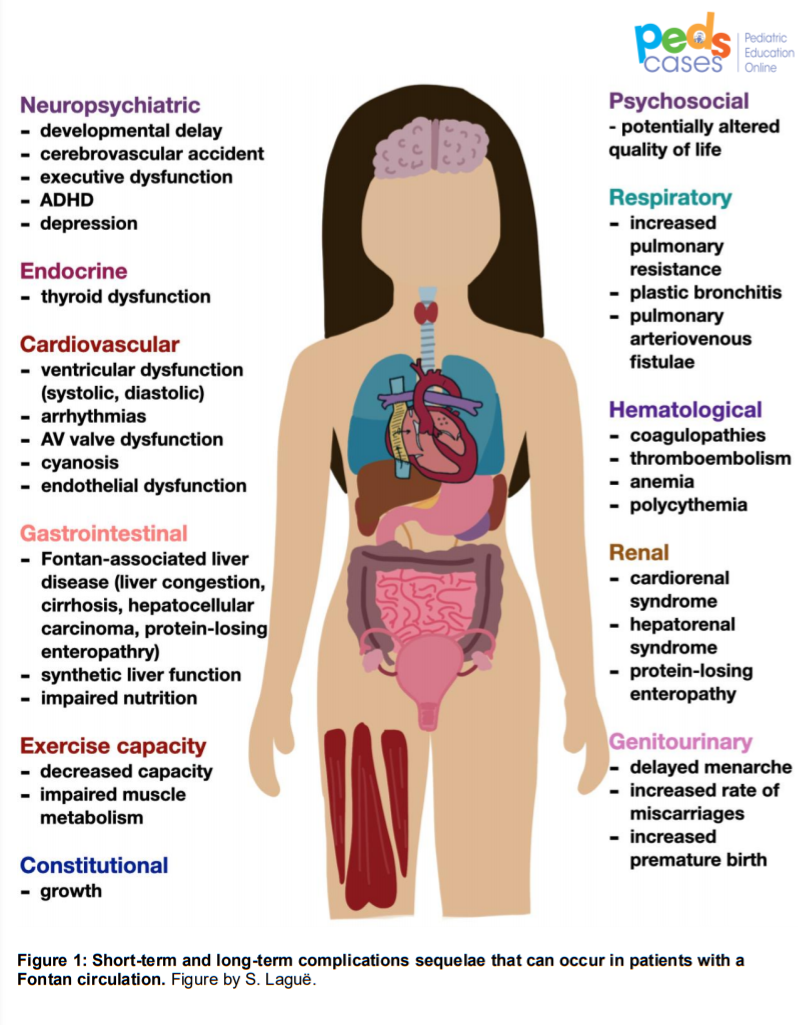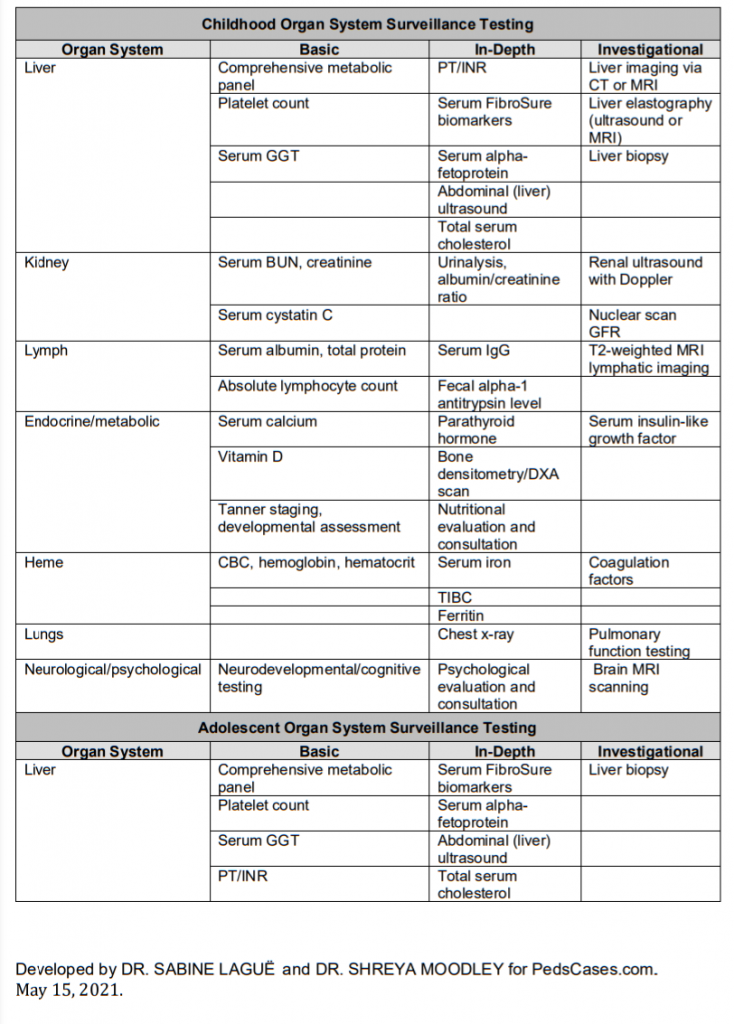In this post I link to and excerpt from PedsCases Single Ventricle Physiology Episode 3: Management, by Sabine Lague May 15, 2021.
All that follows is from the above podcast, and/or transcript:
This is the final episode of a three episode podcast series on single ventricle physiology. In this episode, we discuss the long-term management and complications associated with the Fontan circulation. We revisit the two hypothetical patients starring in the first two episodes and using their cases, we will cover the main long-term management considerations and complications associated with the Fontan circulation. This episode was created by Dr. Sabine Laguë, a first-year pediatrics resident at the University of British Columbia, in conjunction with Dr. Shreya Moodley, a pediatric cardiologist at BC Children’s Hospital.
Related Podcasts:
- Podcast: Single-Ventricle Physiology Episode 1: Tricuspid Atresia
- Podcast: Single-Ventricle Physiology Episode 2: Hypoplastic Left Heart Syndrome
- Video: Approach to Pediatric ECG – Part 1
- Video: Approach to Pediatric ECG – Part 2
Introduction:
This is the final episode of a three episode podcast series on single ventricle physiology. We are very excited about this series because now more than any time in history we are seeing an increasingly growing number of individuals living and thriving into adulthood with single ventricle physiology post-Fontan palliation. Regardless of the type of medicine you are currently or will end up practicing, it is possible that you will end up working with individuals from this population. Thus, an awareness of Fontan physiology and the systemic complications of this circulation is important.
This third and final episode discusses long-term management and complications associated with the Fontan circulation. We revisit the two hypothetical patients starring in the first two episodes: Jason with tricuspid atresia from the first episode, and Olivia with hypoplastic left heart syndrome from the second episode. Between these two individuals
we will cover the main long-term management considerations and complications associated with the Fontan circulation.Please see the podcast script available on the Pedscases website for helpful figures, tables, and diagrams to help you better understand the underlying cardiac physiology, as well as for summary tables and diagrams outlining long-term complications and management considerations associated with the Fontan circulation.
Identify potential sequelae and long-term complications of the Fontan circulation, divided into broad systems or categories:
I. Cardiac
II. Endocarditis prophylaxis
III. Exercise tolerance
IV. Pulmonary
V. Gastrointestinal
VI. Hematologic
VII. Neuropsychiatric and psychosocial
VIII. Fertility, contraception, and pregnancyYou are a general pediatrician and two of your Fontan circulation patients are scheduled to see you today for a routine visit: Jason, now 17 years old, with a history of tricuspid
atresia, and Olivia, now 16 years old, with a history of hypoplastic left heart syndrome.Staff: Let’s start with discussing his cardiovascular status. What is a common cardiovascular complication that anyone with a Fontan circulation requires monitoring for (Figure 1;
Table 1 [Below])?
The transcript has an excellent discussion of all the conditions that need ongoing monitoring. The discussion is on p. 2 – 18 of the PDF and is a quick useful read.
The podcast is easy to follow and reviews all the information summarized in the graphic and table below.
Table 1
Table 1 (continued)
Staff: Let’s start with discussing his cardiovascular status. What is a common cardiovascular complication that anyone with a Fontan circulation requires monitoring for (Figure 1;
Table 1 [Above])?Resident: Arrhythmias. Arrhythmias in this population include sinus node dysfunction, supraventricular and ventricular arrhythmias, junctional rhythms, and atrioventricular block.1 We monitor for arrhythmias primarily through Holter monitoring or event monitoring when concerning signs or symptoms arise.
Start here.







